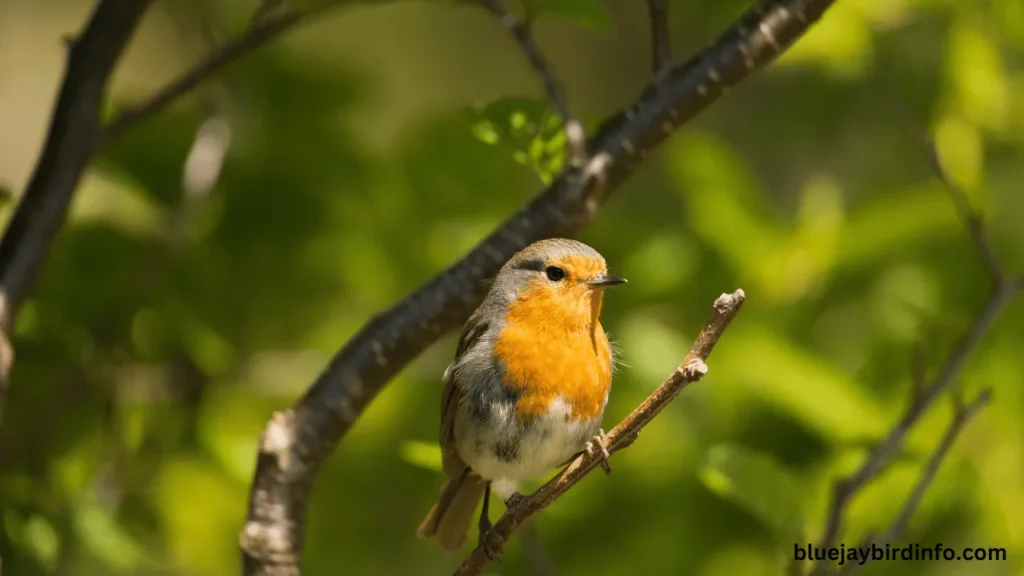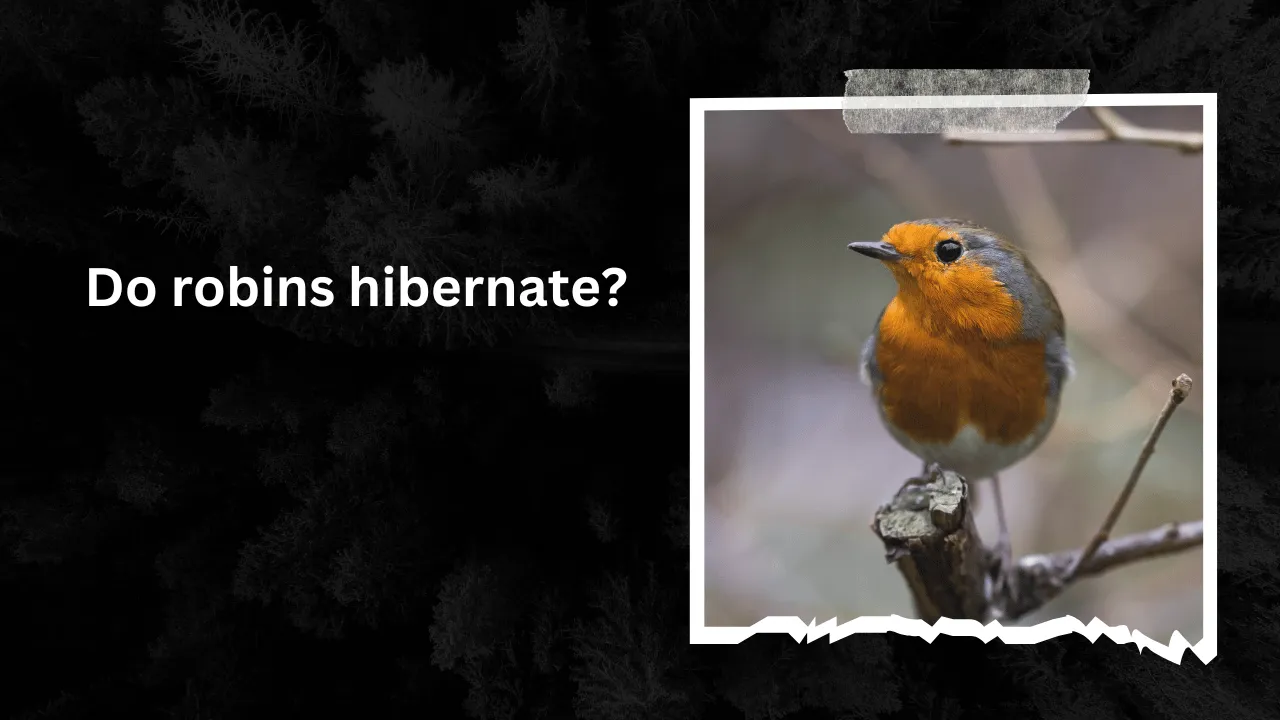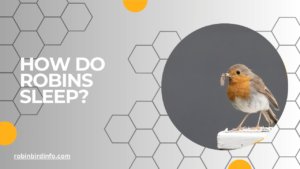As the crisp autumn air sets in and leaves turn golden brown, you might find yourself wondering about your friendly neighborhood Robins.
With winter approaching, many animals take a deep sleep, a period of hibernation where they conserve energy to survive harsh conditions. But what about Robins? Do they curl up in cozy nests and snooze through the cold months?
The answer might surprise you.
Unlike some furry friends who hibernate, Robins take a completely different approach to winter survival. This blog post dives into the fascinating world of Robin behavior, debunking the myth of Robin hibernation and revealing their incredible strategies for surviving winter.
We’ll explore the amazing journey of migrating Robins, the adaptations they possess for colder temperatures, and the importance of protecting their habitats. So, grab a cup of tea and get ready to learn the truth behind the “hibernating Robin” myth!
Contents
Understanding Hibernation
Hibernation is a state of inactivity and metabolic depression in animals, characterized by reduced body temperature, heart rate, and breathing rate. It is a survival strategy employed by many animals, especially those living in cold climates, to conserve energy and survive harsh winter conditions.
During hibernation, animals’ metabolic rates slow down significantly, allowing them to survive on stored energy reserves. This state of reduced activity helps them conserve energy and avoid exposure to harsh weather conditions.
Bears, groundhogs, and some insects are well-known examples of animals that hibernate.
Robin Migration
American Robins are migratory birds. They typically migrate south to warmer climates during the winter months.
The timing and distance of migration can vary depending on factors such as weather conditions, food availability, and geographic location.
Factors influencing Robin migration include decreasing day length, declining temperatures, and diminishing food supplies. As winter approaches, Robins migrate south to regions with milder climates and abundant food sources.
Migrating Robins face numerous challenges, including adverse weather conditions, food scarcity, and predation. They must navigate long distances, often crossing vast expanses of land and water.
Adaptations for Winter Survival
Robins have several adaptations that help them survive the winter months. They may seek shelter in dense vegetation or sheltered areas, such as under eaves or in birdhouses.
While Robins do not undergo true hibernation, they can reduce their activity levels during cold periods. This behavioral adaptation helps them conserve energy and survive on limited food supplies.
Food sources for wintering Robins include fruits, berries, and insects. They may also feed on seeds and nuts, especially when natural food sources are scarce.
The Role of Habitat and Climate Change
Suitable habitat is essential for Robin survival, especially during the winter months. Forests, woodlands, and urban areas with abundant food and shelter can provide ideal wintering grounds.
Climate change can impact Robin migration patterns and winter survival. Changes in temperature and precipitation patterns may alter the timing and routes of migration, as well as the availability of food and shelter.
Conservation efforts are crucial to protect Robin populations and their habitats. By conserving forests, wetlands, and other natural areas, we can provide essential resources for these birds.
Misconceptions About Robin Behavior

A common misconception about Robins is that they hibernate during the winter. However, as we’ve discussed, Robins migrate to warmer climates to avoid harsh winter conditions.
It’s important to rely on accurate information about bird behavior to dispel myths and promote effective conservation strategies. By understanding the true nature of Robin behavior, we can appreciate these birds and take steps to protect them.
Conclusion
American Robins are fascinating birds that have adapted to survive in a variety of environments. While they do not hibernate, they have developed strategies to cope with the challenges of winter, such as migration and behavioral adaptations.
By understanding the factors that influence Robin behavior and the threats they face, we can take steps to protect these beloved birds and their habitats.
FAQ’s
Do Robins hibernate?
No, Robins do not hibernate. They migrate to warmer climates during the winter months.
Where do Robins migrate to for the winter?
Robins typically migrate to the southern United States, Mexico, and Central America for the winter.
When do Robins typically migrate?
The timing of Robin migration can vary depending on factors such as weather conditions and food availability. However, many Robins begin migrating south in the fall, usually in September and October.
How far do Robins migrate?
The distance that Robins migrate can vary depending on their starting location and their wintering destination. Some Robins may migrate hundreds or even thousands of miles.
What challenges do migrating Robins face?
Migrating Robins face numerous challenges, including adverse weather conditions, food scarcity, and predation. They must navigate long distances and find suitable stopover sites to rest and refuel.
How do Robins find their way during migration?
Robins use a combination of navigational cues, including the position of the sun, the stars, and the Earth’s magnetic field. They may also rely on landmarks and learned routes.








